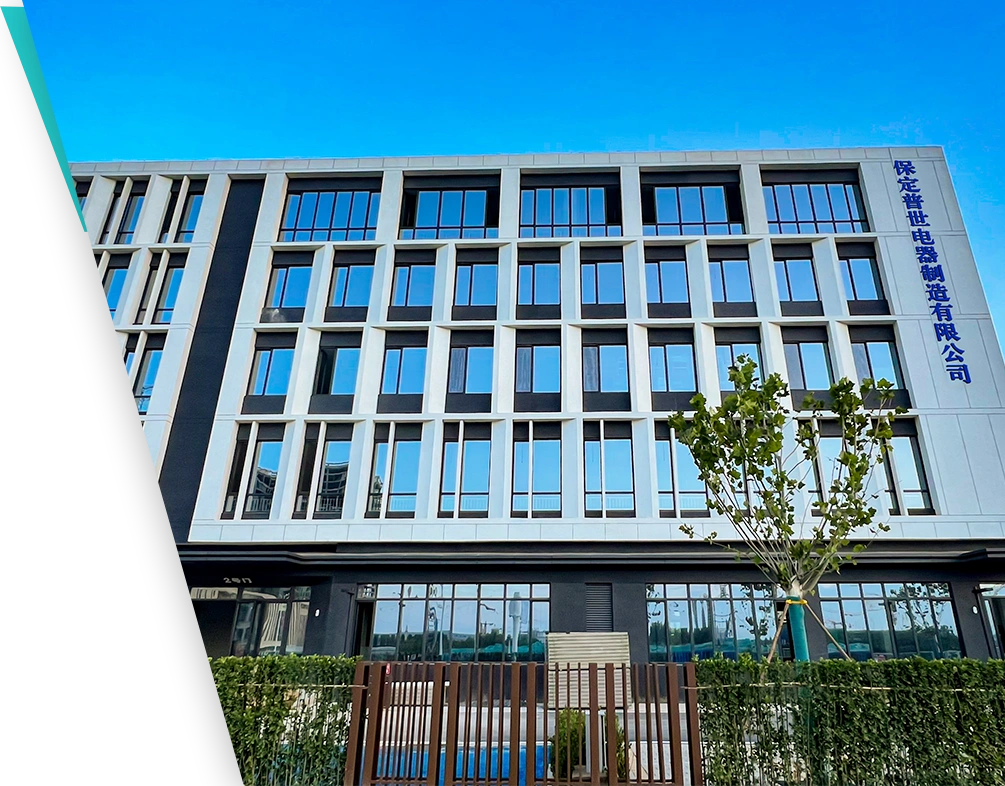 English
English


gas chromatography mass spec
Gas Chromatography-Mass Spectrometry A Powerful Analytical Technique
Gas Chromatography-Mass Spectrometry (GC-MS) is a highly sensitive and versatile analytical technique widely used in various fields, including environmental monitoring, pharmaceuticals, forensics, and food safety. This combination of two powerful analytical methods—gas chromatography (GC) and mass spectrometry (MS)—enables the separation, identification, and quantification of complex mixtures of volatile and semi-volatile compounds.
Overview of Gas Chromatography
Gas chromatography is a technique used to separate volatile compounds present in a sample. In this technique, a sample is vaporized and carried through a column by an inert gas, often helium or nitrogen. The column is coated with a stationary phase that interacts differently with various components in the sample. As the sample travels through the column, components are separated based on their volatility and affinity for the stationary phase, resulting in different retention times. This separation allows for the analysis of individual components, paving the way for in-depth analysis using mass spectrometry.
Role of Mass Spectrometry
Once the compounds are separated in the GC column, they are introduced into the mass spectrometer. Mass spectrometry is a technique that measures the mass-to-charge ratio of ions, allowing for the identification and quantification of compounds based on their unique mass spectra. In a mass spectrometer, molecules are ionized, and the resulting ions are sorted and detected. The mass spectrum produced provides a characteristic fingerprint of each compound, which can be compared to known standards for identification.
The GC-MS Process
The integration of GC and MS enables a powerful analytical workflow. The process begins with sample preparation, where the sample may be cleaned and concentrated to enhance detection. After preparation, the sample is injected into the gas chromatograph. As the sample moves through the GC column, it is separated into individual components. Once separated, compounds exit the column and enter the mass spectrometer for analysis.
In the mass spectrometer, ionization methods such as Electron Ionization (EI) or Chemical Ionization (CI) are employed to generate ions from the compounds. The generated ions are then analyzed to determine their mass-to-charge ratios. This information is processed to create a mass spectrum, which can be interpreted to deduce the identity of the compounds.
Applications of GC-MS
GC-MS has a wide range of applications across various industries
1. Environmental Analysis GC-MS is used to detect pollutants in air, water, and soil samples, enabling environmental monitoring and compliance with regulations.
gas chromatography mass spec

2. Pharmaceuticals This technique is critical in drug development and quality control, allowing for the analysis of active pharmaceutical ingredients (APIs) and their impurities.
3. Forensics In forensic science, GC-MS is employed to analyze biological samples for the presence of drugs, toxins, or explosive residues, assisting in criminal investigations.
4. Food Safety GC-MS is instrumental in food analysis, detecting contaminants, pesticide residues, and flavor compounds, ensuring food safety and quality control.
5. Metabolomics The technique is increasingly applied in metabolomics studies, where it helps identify and quantify metabolites in biological samples, contributing to research in biochemistry and personalized medicine.
Advantages of GC-MS
The combination of GC and MS offers several advantages
- High Sensitivity GC-MS can detect compounds at very low concentrations, often in the parts per billion (ppb) range.
- Specificity The distinct mass spectra of compounds provide high specificity for identification, reducing the likelihood of false positives.
- Quantitative Analysis GC-MS is capable of providing quantitative data, making it useful for measuring concentration levels of substances.
Conclusion
Gas Chromatography-Mass Spectrometry is a powerful tool that plays a critical role in modern analytical chemistry. Its ability to separate, identify, and quantify complex mixtures of compounds makes it invaluable across various fields, from environmental science to pharmaceuticals and forensics. With ongoing advancements in technology, GC-MS continues to evolve, offering enhanced sensitivity and faster analysis times, ensuring that it remains a cornerstone of analytical methodologies in scientific research and industrial applications. Whether for routine analysis or cutting-edge research, GC-MS offers unparalleled versatility and efficiency, solidifying its position as an essential tool in the analytical chemist's toolkit.
-
Differences between open cup flash point tester and closed cup flash point testerNewsOct.31,2024
-
The Reliable Load Tap ChangerNewsOct.23,2024
-
The Essential Guide to Hipot TestersNewsOct.23,2024
-
The Digital Insulation TesterNewsOct.23,2024
-
The Best Earth Loop Impedance Tester for SaleNewsOct.23,2024
-
Tan Delta Tester--The Essential Tool for Electrical Insulation TestingNewsOct.23,2024





